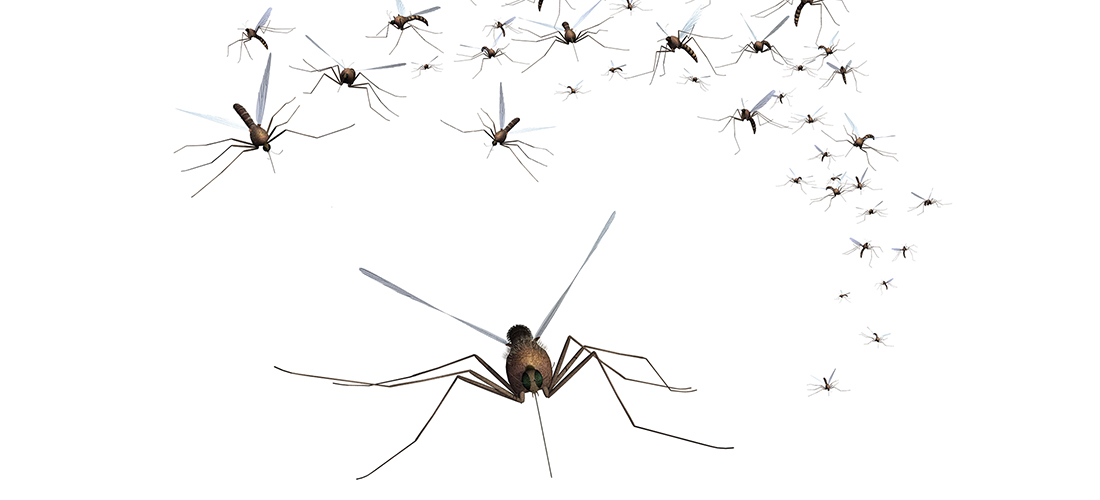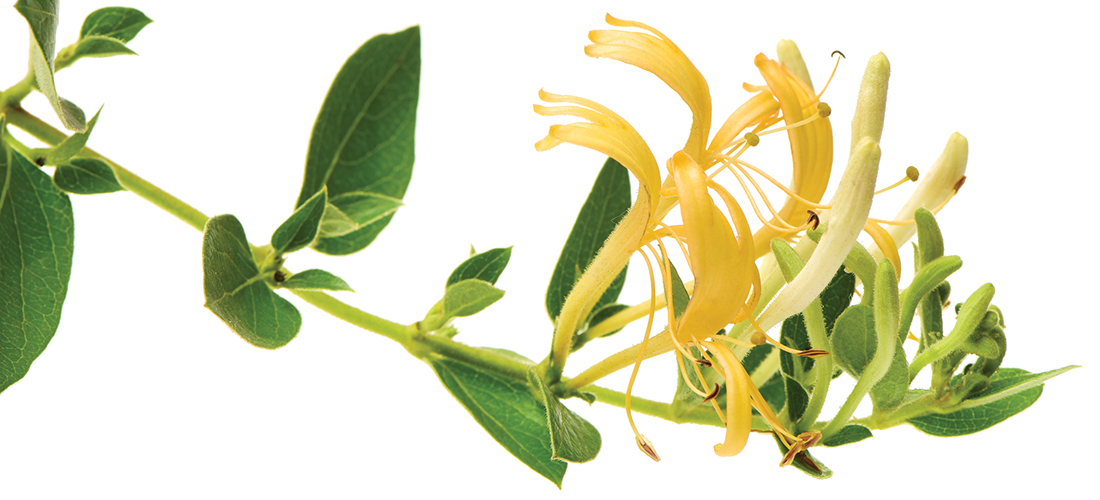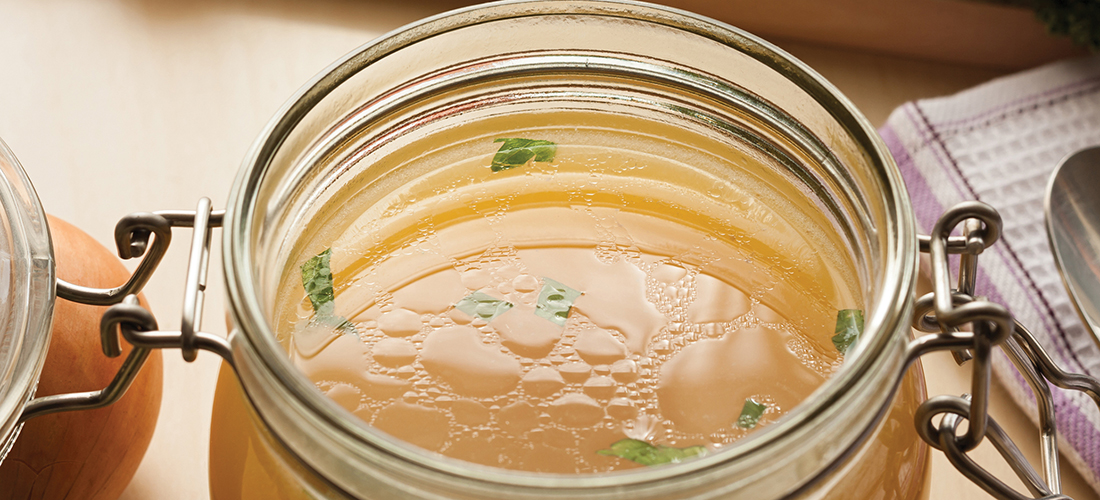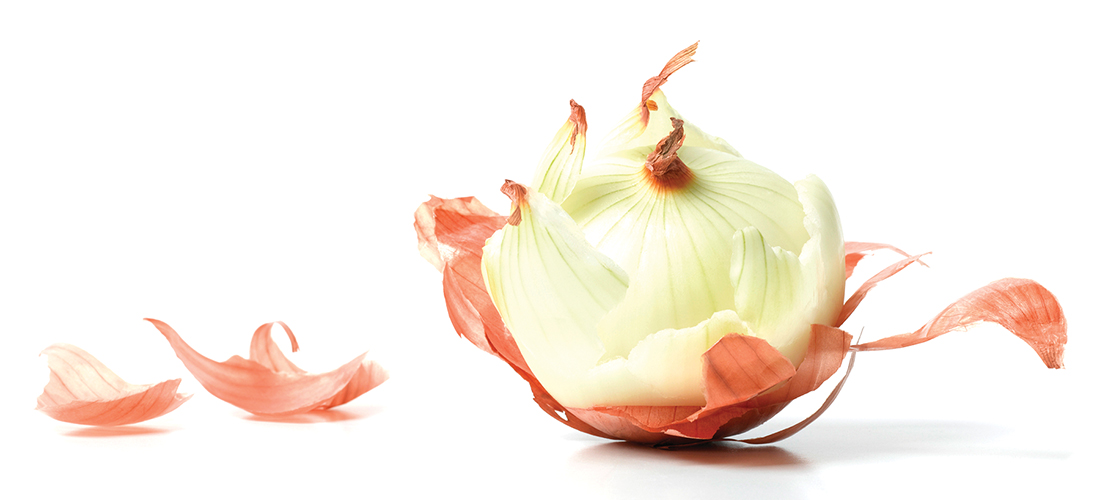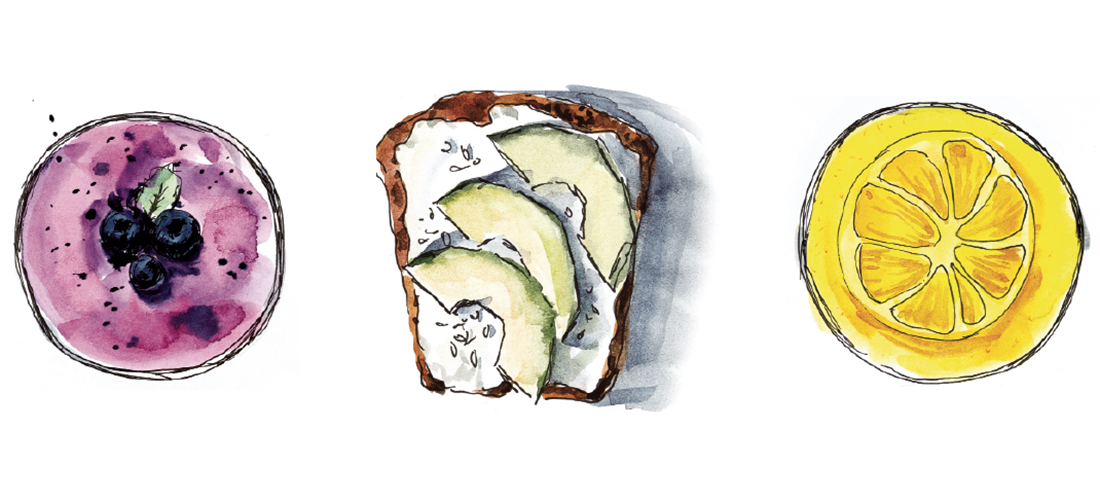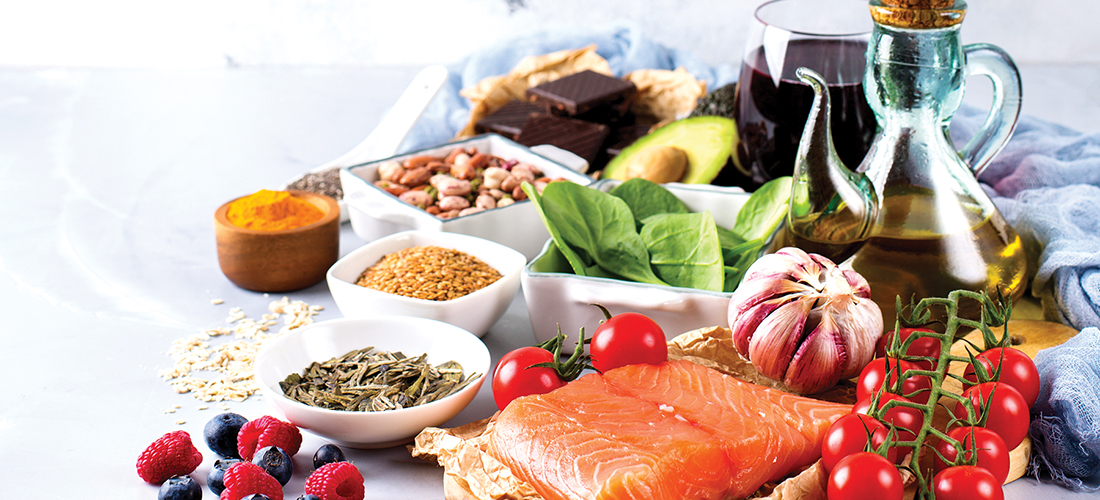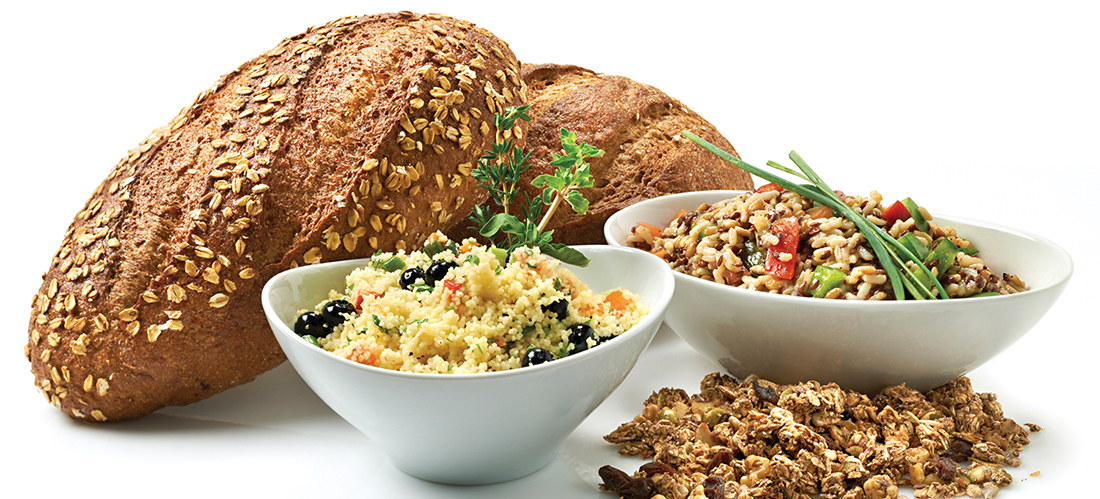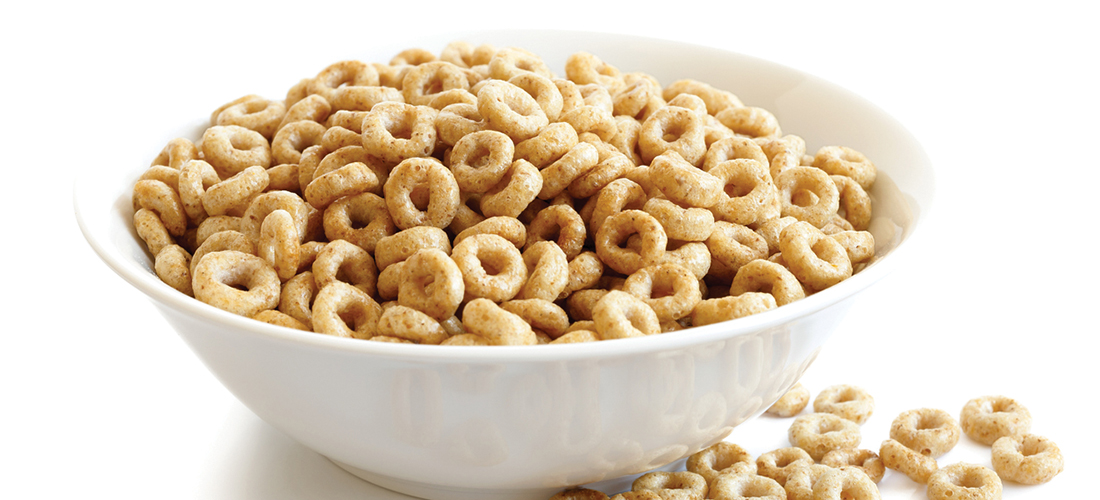Keeping the bugs at bay
By Karen Frye
Mosquitoes, gnats, flies and chiggers are just a few of the biting insects we have to live with in the summer. They can be very annoying if you are outside gardening, by the pool or walking in the woods. Whatever pastime you enjoy outdoors, you are probably being eaten alive by biting insects.
The good news is you have options to keep these bugs off your body.
DEET is the most commonly used repellent. It was developed for the military during World War II and is the longest-lasting repellent available. However, it does have its drawbacks. It has a distinctive odor, and to avoid side effects, should be used only as recommended.
Natural repellents can be a useful alternative. Most are made from essential oils. These oils have strong odors that are offensive to most insects. Some essentials are more effective than others.
The Centers for Disease Control recognizes the oils of lemon and eucalyptus to be more effective than most other plant-based oils, with a similar effectiveness to DEET. There are many natural insect repellents on the market, with various combinations of oils to create a potent overall effect against bugs.
You can also make your own repellent that can be just as effective, and maybe save you money, too. Clove, citronella, lemon-eucalyptus and neem oils are among the most potent. Choose one of these as your primary active ingredient. Add another oil or two from the list to enhance the potency. Other oils that help repel insects are eucalyptus, cinnamon, rosemary, lavender, cedar, peppermint, geranium and thyme.
Essential oils can be used directly on the skin if you are putting a dab or two on spot areas. When applied liberally on their own, they can irritate the skin, so for widespread coverage, it’s best to mix them into a carrier oil to safely get it into the skin. Coconut oil is a perfect carrier, and it provides a reasonable level of protection against insects on its own. Another good thing about coconut oil is that it has a neutralizing effect on bug bites and stings. Even if you are bitten, the toxic or irritating effects are greatly reduced, and the itchy welts are barely noticeable.
Here’s an easy-to-make bug repellent: 144 drops of one or two of the oils on the list. Mix with 1/4 cup coconut oil. Store away from heat or light.
Rub the oil onto the exposed skin (avoiding your eyes). You may need to apply frequently if swimming, exercising heavily, or if you sweat a lot. If you are bitten, apply the pure coconut oil on the bite to soothe the itch and speed healing.
One more thing that helps keep insects off your skin is the B complex vitamins. You can find them all in one capsule, or you can add nutritional yeast to your diet (easy to add to soups, smoothies or juices). It has a nice, cheesy flavor and is delicious on popcorn. The B complex also helps fight fatigue, an added benefit to the supplement.
Now you can enjoy being outdoors without the annoying bugs ruining your good time. PS
Karen Frye is the owner and founder of Nature’s Own and teaches yoga at the Bikram Yoga Studio.

